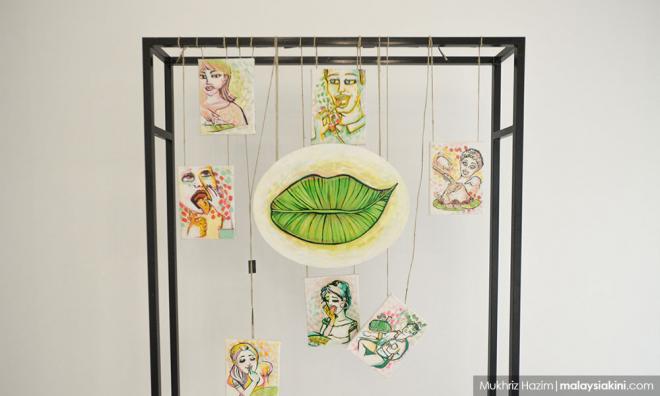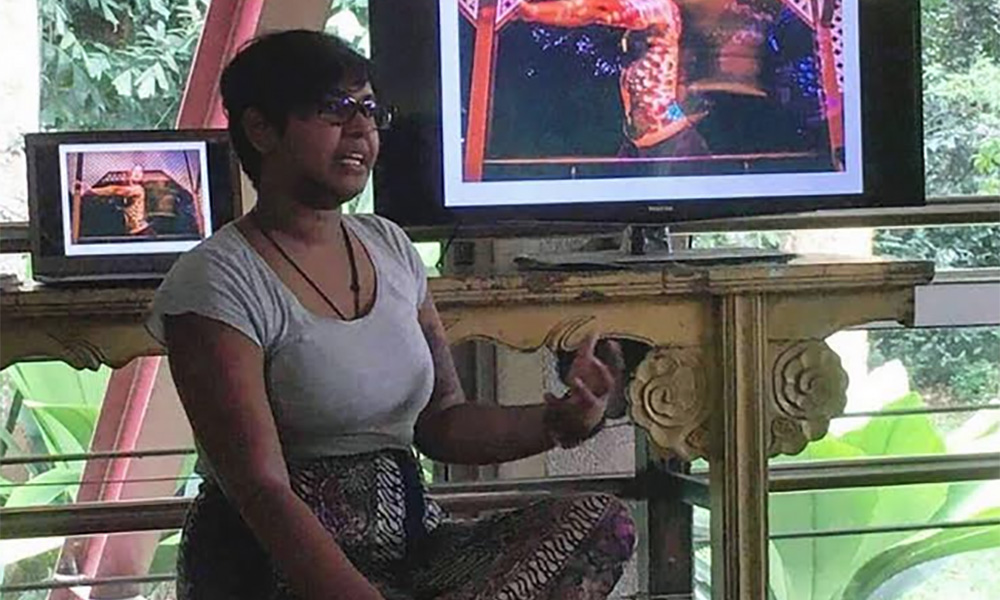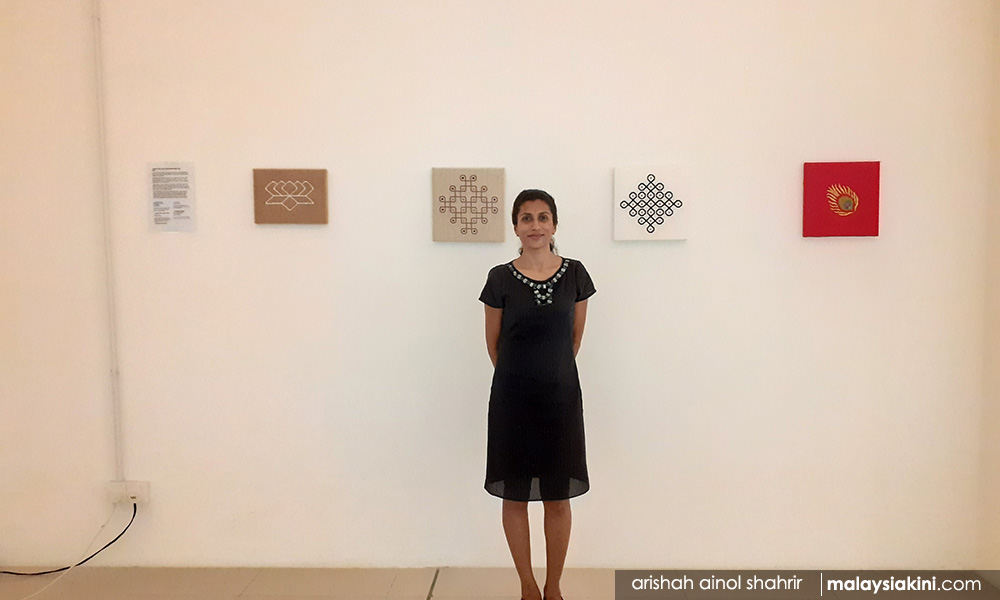
What does it mean to be an Indian Malaysian? This is the question explored in an ongoing exhibition which hopes to shine a spotlight on the works of artists of Indian heritage in Malaysia.
The exhibition ‘Banana Leaf: Expressions and Interpretation of Malaysian Indian Culture’, running from Oct 4 to 20 at GMBB Mall, Kuala Lumpur is also a way for ethnic Indian artists to carve a space for themselves in the country, said curator Ruby Subramaniam.
“Being called a “minority” can cause one to feel small. This exhibition gives space for us to feel at home, being ourselves in our motherland.
“The exhibition ultimately is an interrogation of a cultural identity and its relationship to the wider idea of nationhood and community,” Ruby said.
Although the idea came about two years ago, the process of developing and researching the idea took longer than expected.
She said the research process began with understanding the significance of a key element in Indian culture - the kolam.
“(The artists decided) to create based on today’s concerns of the world, while celebrating its mindful process,” she said.
'Skeleton of Empire'
The kolam is not the only type of art featured in the exhibition. It also features an installation, a documentary screening, a photography exhibition, paintings, and drawings.
“It was important for me to include a variety of conversations using multiple creative formats.
“Artists who were selected are capable of fusing cultural elements, and the significance of Hindu practices, while discussing important issues of our time,” Ruby said.
One important factor in the interrogation of identity within the Indian Malaysian community is migration to British Malaya.
Photographer Mogan Selvakannu (photo below) explores this in his collection ‘Skeleton of Empire’.
Photographer Mogan Selvakannu (photo below) explores this in his collection ‘Skeleton of Empire’.
“Basically the photos explain three generations during the time,” he said.
Describing two sets of photographs, the 37-year-old Seremban native adds: “The first one (is about) where we were, (while) the second one is where we are right now and where are we going towards.”
The theme of identity is carried through with paintings by schoolchildren, who participated in workshops by Goodkids, a social enterprise which uses performing arts to build self-confidence among youth.
The children were asked to reflect on their identities and to express this through paintings and drawings.
“We asked them to draw and express themselves on what they are feeling through painting and drawing.
“Interestingly, for the kids who cannot draw, they conveyed the art in a different way,” said Ruby.
‘From impermanence to permanence’
The kolam was also given a different twist.
If traditionally, kolam is a transient art made out of rice flour on the floor of homes, temples and businesses, in this exhibition, it is in the form of embroidery displayed on a wall.
The artist, Mala, said she chose the kolam because the tradition is slowly being ignored.
“I thought of taking something traditional to fit the modern society. (From) impermanence to permanence; embroidery artwork that symbolises the significance of the kolam for today’s world,” she said.
Ruby hopes more young people, especially schoolchildren, would visit the exhibition and be exposed to different types of art forms.
She also hopes the multi-disciplinary exhibition could open the doors for more cross-industry collaborations.
“Hopefully this will be the starting point for many more exciting projects to come,” she said. - Mkini







No comments:
Post a Comment
Note: Only a member of this blog may post a comment.